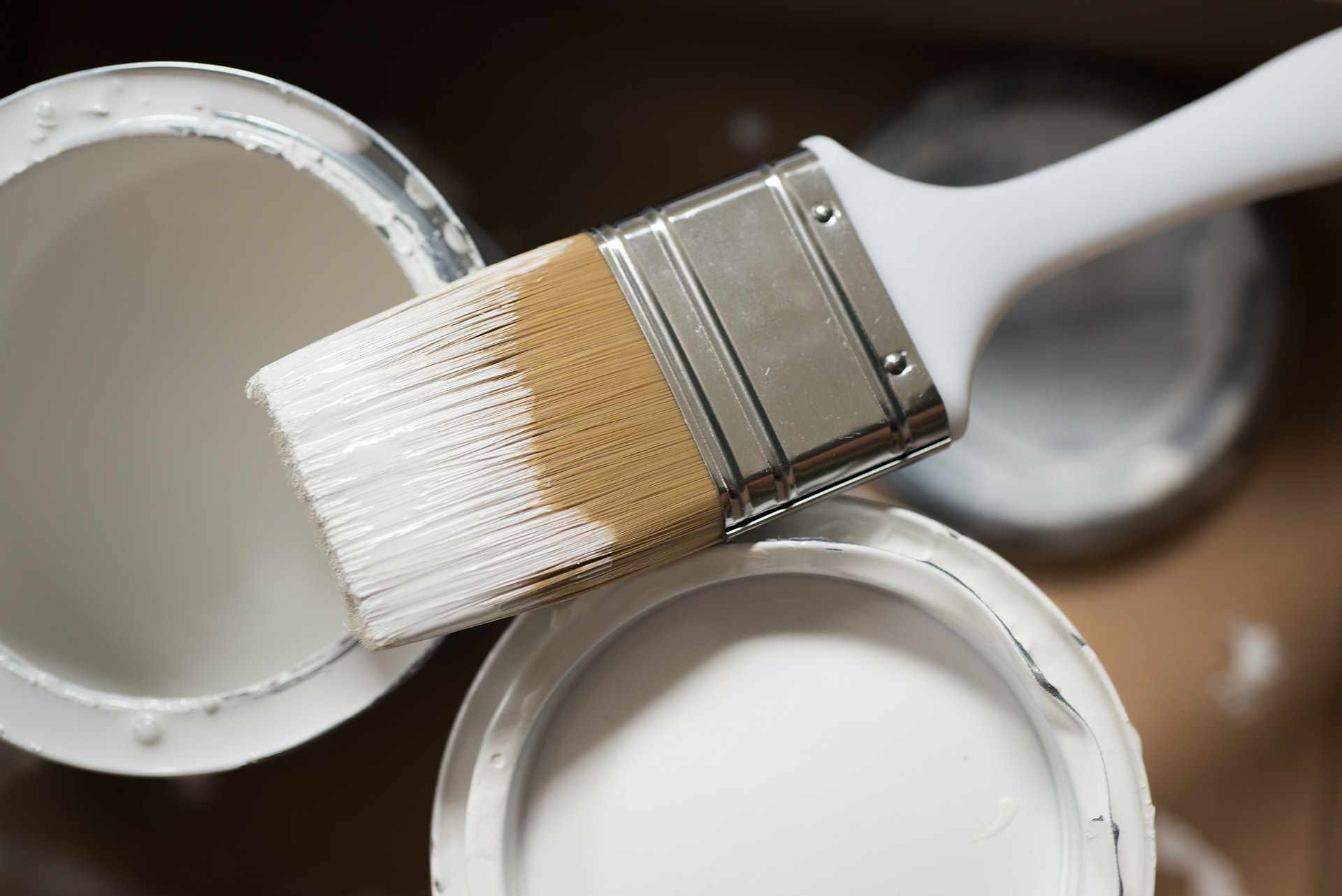Navigating the World of Dermal Fillers: A Deep Dive into Modern Aesthetic Procedures
Beauty is an ever-evolving concept, constantly being reshaped by societal norms, personal preferences, and technological advancements. In the pursuit of aesthetic excellence, the past few decades have seen a surge in non-surgical cosmetic procedures, with dermal fillers standing out as a popular choice. These procedures offer an enticing promise: to restore youthfulness, enhance facial features, and even rectify some dermatological issues, all without the need for invasive surgery. In this article, we delve into the world of dermal fillers, shedding light on their historical context, current relevance, trends, and impact.
The Emergence of Dermal Fillers
The first known use of dermal fillers dates back to the late 19th century. Doctors experimented with paraffin injections to alter facial structure and correct deformities. However, these early endeavours were fraught with complications, leading the medical community to seek safer alternatives. The 20th century saw the introduction of bovine collagen as a filler, which, while safer than paraffin, required allergy testing and frequent touch-ups. It wasn’t until the late 20th century that hyaluronic acid fillers emerged, revolutionizing the field with their safety, longevity, and reversibility.
Evolving Aesthetic Preferences and the Rise of Dermal Fillers
Modern society places great emphasis on physical attractiveness, and dermal fillers have played a pivotal role in shaping contemporary beauty ideals. The desire for full lips, sculpted cheeks, and a smooth, wrinkle-free complexion has driven the popularity of these procedures. Celebrities openly discussing their use of fillers has also helped normalize these treatments, making them a common part of many people’s beauty routines. Moreover, the advent of social media has amplified the visibility of dermal fillers, further fueling their demand.
The Science Behind Dermal Fillers
At their core, dermal fillers are substances injected beneath the skin to restore volume, smooth wrinkles, or create a desired enhancement. The most widely used fillers are based on hyaluronic acid, a naturally occurring substance in the body that aids in hydration and volume. When injected, these fillers can plump up areas that may have lost volume due to aging, or they can augment existing features, such as the lips or cheeks.
The Impact and Reception of Dermal Fillers
The impact of dermal fillers on the beauty industry is profound. They’ve created a whole new sector within the aesthetic market, with a diverse range of products catering to different needs and preferences. The reception to dermal fillers is largely positive, given their ability to provide immediate results with minimal downtime. However, like any cosmetic procedure, they come with potential risks, such as infection or adverse reactions, emphasizing the necessity of seeking treatment from a qualified professional.
The Future of Dermal Fillers
Looking ahead, the future of dermal fillers appears promising. Advancements in technology and formulation are likely to produce even safer and longer-lasting products. We can also expect a shift towards more personalized treatments, with fillers tailored to individual skin types and aesthetic goals. Furthermore, the trend towards minimally invasive procedures is likely to persist, cementing the role of dermal fillers in the beauty industry.
In conclusion, dermal fillers have come a long way since their inception, transforming from a risky experiment to a standard beauty procedure. They encapsulate the shifting landscape of beauty, where the desire for physical perfection is balanced with the demand for safe, non-invasive methods. As we continue to redefine our perceptions of beauty, it’s clear that dermal fillers will remain an influential player in our aesthetic journey.





